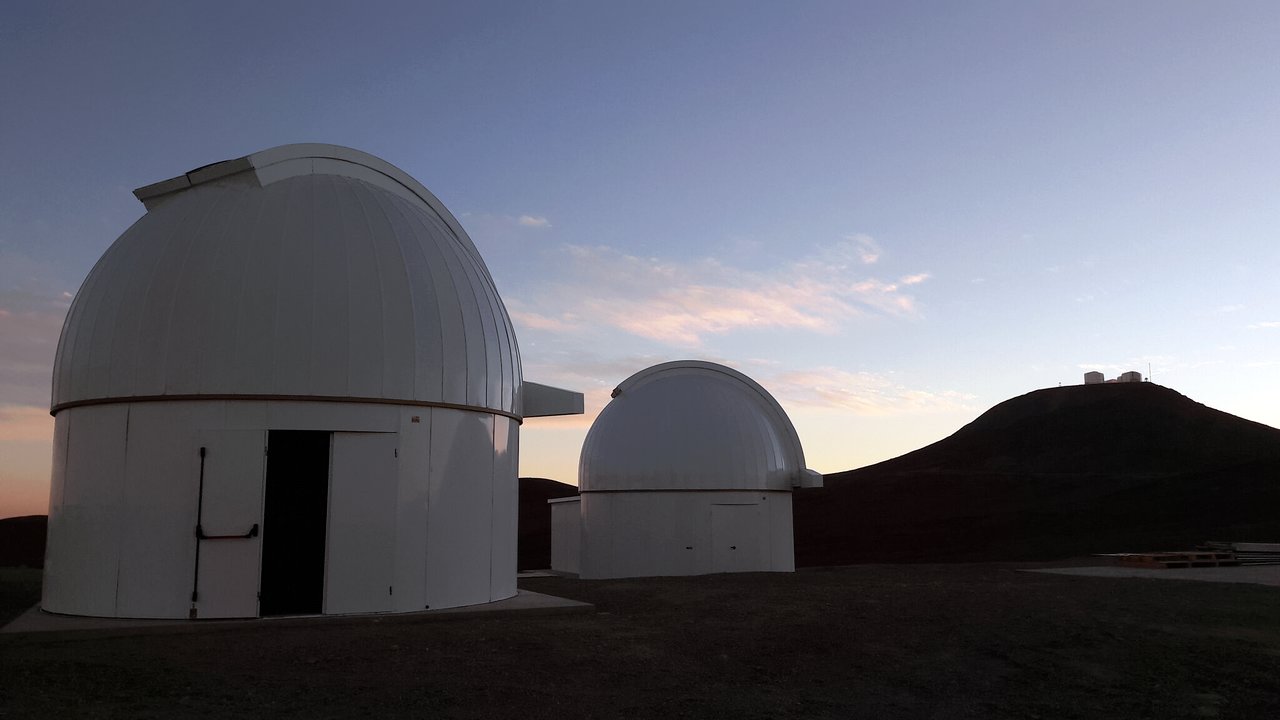Supply chains have been wreaking havoc across the industrial world. The complex web that holds the world’s economies together has been fraying at the edges, resulting in some unexpected shortages, such as a lack of rental cars in Alaska and a lack of Lunchables at the author’s local grocery store. Now there’s a supply shortage that directly ties to the pandemic that is starting to affect the space launch industry – oxygen.
Continue reading “COVID-19 Treatments Require so Much Oxygen it Could Delay Rocket Launches”The Universe is Constantly Bathing you in Radiation. Incredibly, This Could be Used for Medical Diagnosis

Walk into any modern hospital, and you’ll find a medical imaging department. Medical imaging uses x-rays, magnetic resonance imaging (MRI), and other arcane-sounding methods like positron emission tomography (PET) to image the body’s interior for analysis and diagnosis. To a non-specialist, these techniques can sound almost otherwordly. But in one way or another, these technologies rely on natural phenomena, including radiation, to do their thing.
Now a new study suggests that the Universe’s naturally occurring radiation could be used in medical imaging and could be particularly useful when it comes to COVID-19. The type of radiation in question is cosmic rays.
Continue reading “The Universe is Constantly Bathing you in Radiation. Incredibly, This Could be Used for Medical Diagnosis”How Will Covid-19 affect the Future of Science?

The full ramifications of the recent novel coronavirus pandemic are not yet known, and probably won’t be known or even felt for quite some time. Entire industries have been shifted and shuttered over the course of only a few tumultuous weeks due to Covid-19. Some industries and professions have been able to adapt quickly, some have had to close down or to send their workers home, while others are faltering and collapsing.
Continue reading “How Will Covid-19 affect the Future of Science?”
